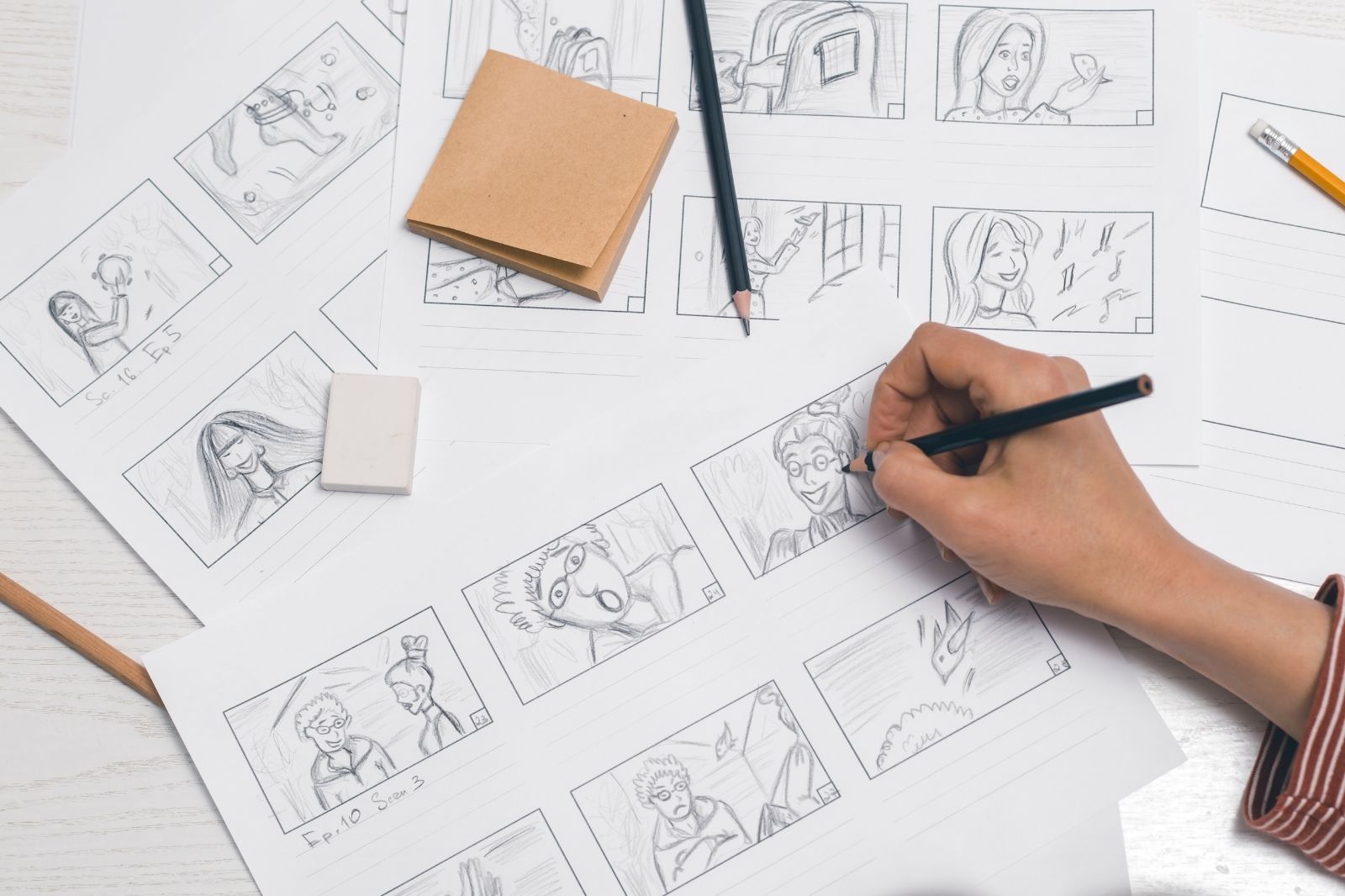Drawing Cartoon Strips: Learn the Basics

Cartoon strips have been around for hundreds of years. They’ve long captivated audiences with their ability to convey humor, emotion, and narrative in just a few panels. From the classic Peanuts to the modern Calvin & Hobbs, creating your own cartoon strips can be a rewarding way to express your creativity. If you’ve ever wondered how to get started, this guide will walk you through the basics of drawing cartoon strips.
Conceptualizing Your Strip
Before you put pencil to paper, spend some time brainstorming ideas. What is the central theme or joke you want to convey? Cartoon strips often revolve around recurring characters and situations, so think about creating a few key characters and a general setting.
- Characters: Create characters with distinct personalities and visual traits. They should be recognizable and relatable. For example, Snoopy is known for his laid-back adventures, while Garfield is loved for his laziness and sarcasm.View this post on Instagram
- Setting: The setting can be as simple or elaborate as you like. It might be a single room, a park, or even an alternate world. Keep in mind that your setting should enhance the humor or message of your strip without overwhelming the characters.
Sketching Your Strip
Once you have a concept, it’s time to start sketching or doodling, which is a great way to improve your drawing skills!
- Panel Layout: Decide how many panels your strip will have. Traditional strips often consist of three or four panels, but you can experiment with different numbers. Each panel should contribute to the overall story or joke. Remember, the simpler the better.View this post on Instagram
- Thumbnails: Get a dedicated sketchbook and create small, rough sketches (thumbnails) of each panel to plan the layout and flow of the strip. Focus on the placement of characters, speech bubbles, and key actions. This is where you figure out the pacing and visual storytelling.
Drawing the Characters
With your thumbnails in place, start drawing your characters in more detail. Keep the following tips in mind:
- Consistency: Your characters should be simple and maintain a consistent appearance throughout the strip. If your character is drawn with a big nose in one panel, they should have the same nose in all subsequent panels.
- Expressions: Facial expressions are crucial for conveying emotions and reactions. Practice drawing a range of expressions to make your characters more dynamic and engaging.View this post on Instagram
- Poses: Dynamic poses can add energy to your strip. Study how people move and gesture to make your characters’ actions look natural and expressive.
Adding Dialogue and Text
Dialogue and text are essential components of a cartoon strip. They should complement the visuals and enhance the humor or narrative.
- Speech Bubbles: Use speech bubbles to show what characters are saying. Ensure that the text is legible and appropriately sized for the bubble. Position the bubbles so they don’t obscure important parts of the drawing.
- Font and Style: Choose a clear, readable font for any text. Hand-drawn lettering can add a personal touch, but make sure it’s consistent and easy to read.
- Timing: In a strip, timing is key. Place the dialogue in a way that aligns with the visual flow of the strip. The punchline should land in the final panel or wherever it creates the most impact.View this post on Instagram
Inking and Coloring
Inking is where your cartoon strip starts to come alive. Use these ink drawing tips to help you. Consider using different types of pens or a digital tablet to outline your pencil sketches. This step adds clarity and definition to your characters and backgrounds.
- Line Weight: Vary the line weight to add depth and emphasis. Thicker lines can highlight important elements, while thinner lines can be used for details.
- Coloring: If you choose to add color, use it strategically to enhance the mood or highlight specific elements. If you’re using a tablet or computer, consider digital apps like Adobe Photoshop or Procreate, but traditional media like ink, markers, or watercolor can also be effective.
- Shading and Highlights: Use shading and highlights to add dimension and focus. Simple shading can help characters stand out from the background and convey light sources.
Editing and Refining
Once your strip is inked and colored, take a step back and review it. Look for any inconsistencies or areas that could be improved.
- Feedback: Share your strip with friends or fellow artists to get constructive feedback. They might offer valuable insights on how to improve the strip or spot areas that need adjustment. You can also make cartoons just for yourself if you don’t wish to share your art.
- Final Touches: Make any necessary adjustments based on feedback and personal review. Remember, practice is the only thing that will help you grow as an artist so don’t give up!
Conclusion
Drawing cartoon strips is an exciting way to explore storytelling and humor. With your cartoon strip complete, you can share it with the world. Explore different platforms such as social media, webcomics, or even print publications to showcase your work. Engaging with a community of cartoonists and readers can provide support and inspiration for your future strips. If you plan to create a series, maintain a consistent style and release schedule. With practice and creativity, you can develop your unique style and captivate audiences with your work!
Trusted Insights from Artists
At Art Life Today, our passion for arts and crafts is at the heart of everything we do. We understand that the right tools and materials can make all the difference in your creative projects, so we take our responsibility as reviewers seriously. Our goal is to help you discover the best products that will inspire your creativity and bring your artistic visions to life.